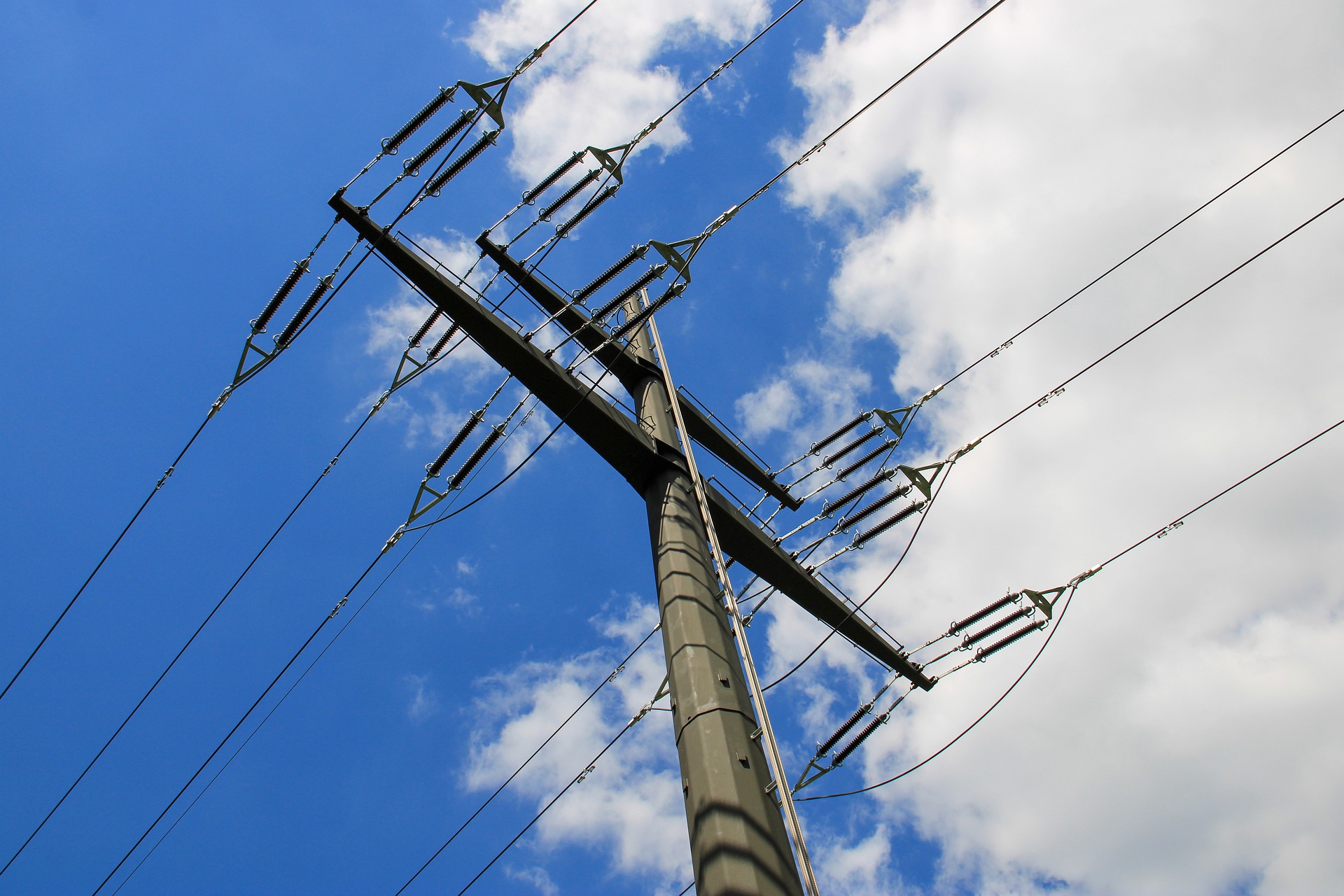Back in 2023 SSEN (Scottish & Southern Electricity Networks) released the findings of its consultation to upgrade the electrical infrastructure down the Scottish East coast from Kintore, Aberdeenshire heading south to Tealing by Dundee.
This is a multi-billion pound upgrade plan to be completed within the next ten years, which will include many 180ft pylons and new sub stations. SSEN says the upgrades are essential to reach Scotland’s renewable energy targets.
Whether you are for or against the pylon line, what is not in debate is the uncertainty and worry that it will cause for many homeowners across Aberdeenshire and Angus, who may be impacted to varying degrees.
Our homes are usually the most important asset we have, a place of calm and security. You likely chose your home for many reasons, which could include the view that you fell in love with or for the quiet countryside location or maybe the size of the house was important to raise a family in the future.
The uncertainty of where the pylon lines will go initially caused great worry and concern to homeowners in the region about how these pylons may impact their property’s market value and "sale-ability".
MOVING MARKET VALUE
Some residential surveyors have indicated around a 10% reduction in value, and we could see this increase above 20% in some circumstances. It is important that each property is assessed on a case by case basis .
There is no doubt that it depends specifically how close the pylons are to the property and garden, and where the pylon lines pass.
The value would also be impacted by the market conditions at the time of sale. In a sellers’ market, where rural properties are highly sought after and demand outweighs supply, then there could be minimal impact when it comes to the final sale price. On the other hand, if it’s a buyers’ market and there is a large supply of properties for buyers, the homeowner may find it more challenging with a greater loss on the final sale price.
ATTRACTIVENESS AND SALEABILITY
The attractiveness and sale-ability of your home, in my view, is where the property will be most negatively impacted.
Pylons, especially up to 180ft tall, are not aesthetically pleasing and this is often the main reason for buyers being deterred. They can block beautiful countryside views and generally are not to everyone’s taste.
The other aspect, if they are particularly close to the house, is that pylons can create noise, especially during wet weather, disturbing a home-owner’s peace and quiet whilst inside and outside the house.
For these reasons buyers may deem the property less attractive and appealing than other properties they have seen. For some buyers they will simply not consider a property close to a pylon or pylon lines and dismiss it entirely. Other buyers may feel it’s a compromise they are willing to make if a lesser price can be negotiated for the house.
It very much comes down to a personal decision by the prospective buyer.
Properties and homes close to pylons and pylon lines do sell, and continue to be sold to prospective buyers throughout the year. However, it does require realistic expectations and understanding from any seller that the pylons will create an additional hurdles and challenge.
In any circumstances there are always options and opportunities when selling your home.
At Galbraith we are familiar with the challenge pylons bring to the sale process and our experience allows us to provide you with professional, honest advice and guidance through the selling process.

